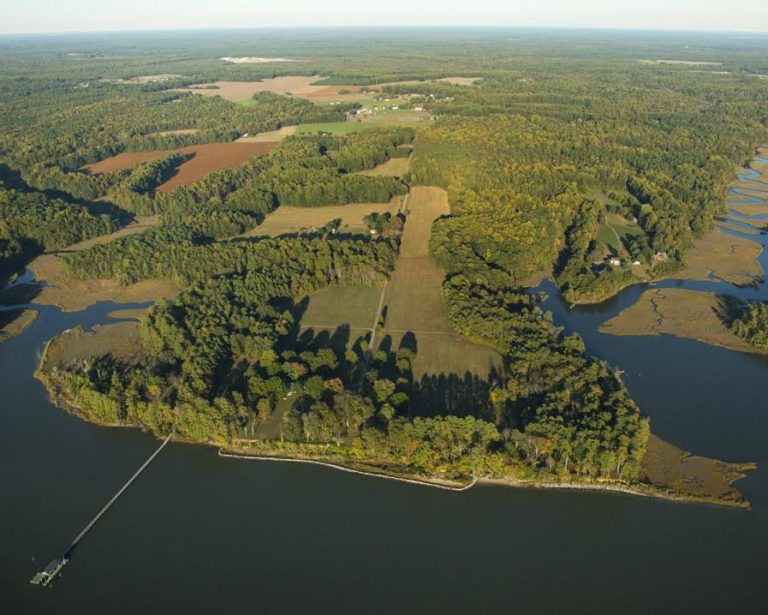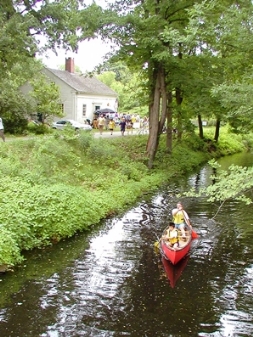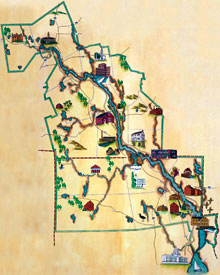To provide observations and information on the emerging fields of landscape scale conservation, heritage preservation, and sustainable community development.
Newsletter
Stay up-to-date with the latest nature, culture and community news.
We won’t spam you or share your information. Newsletters are sent approximately 10 times a year. Unsubscribe at any time.
1981 and 2017: What Can We Learn?
Flagging Sites of Universal Value

Protecting America’s Long Trails
October, 2018, marks the 50th anniversary of two remarkable federal laws: the National Trails System and Wild and Scenic Rivers Acts. Both laws set up ways that the federal government can assist in protecting and operating “long, skinny corridors” for recreation and heritage resource preservation. The key to the success of these corridors across the landscape and along our waterways has always been partnerships. Federal agencies working with private citizens and dedicated volunteers, have created irreplaceable links to our cultural and natural heritage.

Blackstone River Valley: Policy Without Money is just Talk
The Blackstone River Valley in Massachusetts and Rhode Island has long been a hotbed of innovation from its earliest industrialization to experimentation in protected area management with the creation of a National Heritage Corridor in 1986. Recently, the conservation possibilities of the region have been re-imagined yet again. In 2014, Congress authorized a new park unit – the Blackstone River Valley National Historical Park. How might this latest change affect the ongoing story of the heritage corridor with more than three decades of working on the ground in communities throughout the valley?

Special Update: Blackstone River Valley National Historical Park next step up for National Heritage Areas?
Interested in the future of the heritage movement? Concerned that the program has had to invest so much of its political capital on re-authorization and just hanging on to a flat line budget? Then the recent legislation establishing the Blackstone River Valley National Historical Park might be one way forward – offering stability and just possibly a new kind of partnership to conserve landscape scale resources.

Blackstone River Valley: Sounding a Retreat from Landscape Scale Work?
Not so long ago the Blackstone River Valley National Heritage Corridor was the pride of the National Park Service (NPS), exemplary of the agency’s new approach to managing living landscapes. But somewhere along the way, the NPS changed direction. A Special Resource Study, for example, rejected the continuation of the heritage commission, instead recommending the creation a far more traditional national park. What is going on with this once exemplary partnership model?

Protecting America’s Long Trails
October, 2018, marks the 50th anniversary of two remarkable federal laws: the National Trails System and Wild and Scenic Rivers Acts. Both laws set up ways that the federal government can assist in protecting and operating “long, skinny corridors” for recreation and heritage resource preservation. The key to the success of these corridors across the landscape and along our waterways has always been partnerships. Federal agencies working with private citizens and dedicated volunteers, have created irreplaceable links to our cultural and natural heritage.

Blackstone River Valley: Policy Without Money is just Talk
The Blackstone River Valley in Massachusetts and Rhode Island has long been a hotbed of innovation from its earliest industrialization to experimentation in protected area management with the creation of a National Heritage Corridor in 1986. Recently, the conservation possibilities of the region have been re-imagined yet again. In 2014, Congress authorized a new park unit – the Blackstone River Valley National Historical Park. How might this latest change affect the ongoing story of the heritage corridor with more than three decades of working on the ground in communities throughout the valley?

Special Update: Blackstone River Valley National Historical Park next step up for National Heritage Areas?
Interested in the future of the heritage movement? Concerned that the program has had to invest so much of its political capital on re-authorization and just hanging on to a flat line budget? Then the recent legislation establishing the Blackstone River Valley National Historical Park might be one way forward – offering stability and just possibly a new kind of partnership to conserve landscape scale resources.

Blackstone River Valley: Sounding a Retreat from Landscape Scale Work?
Not so long ago the Blackstone River Valley National Heritage Corridor was the pride of the National Park Service (NPS), exemplary of the agency’s new approach to managing living landscapes. But somewhere along the way, the NPS changed direction. A Special Resource Study, for example, rejected the continuation of the heritage commission, instead recommending the creation a far more traditional national park. What is going on with this once exemplary partnership model?


